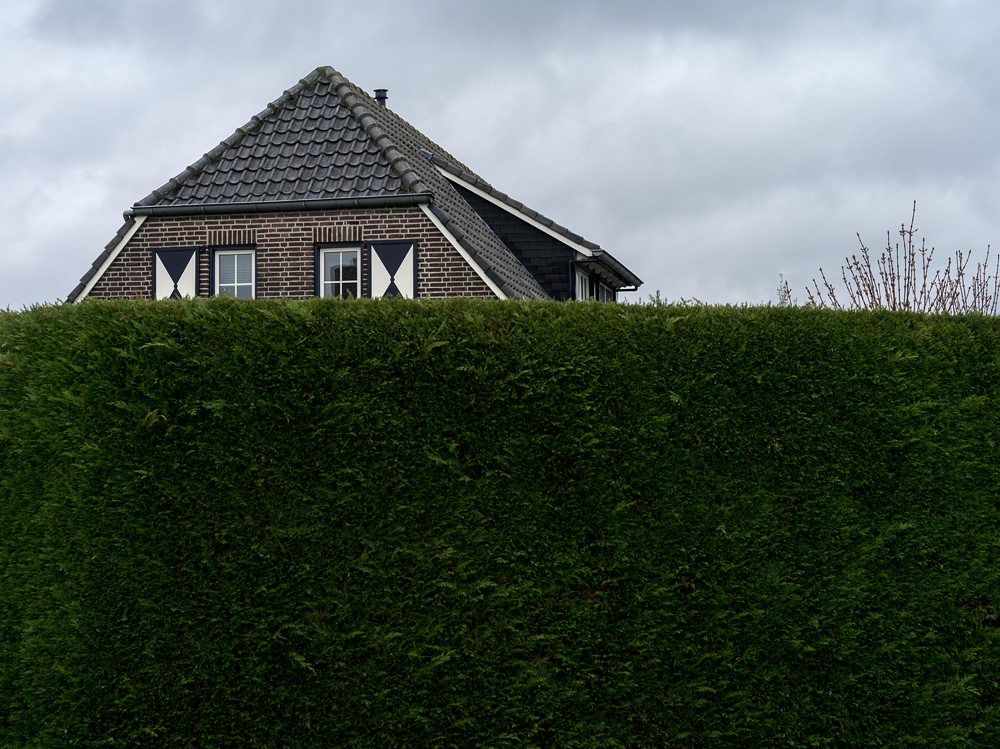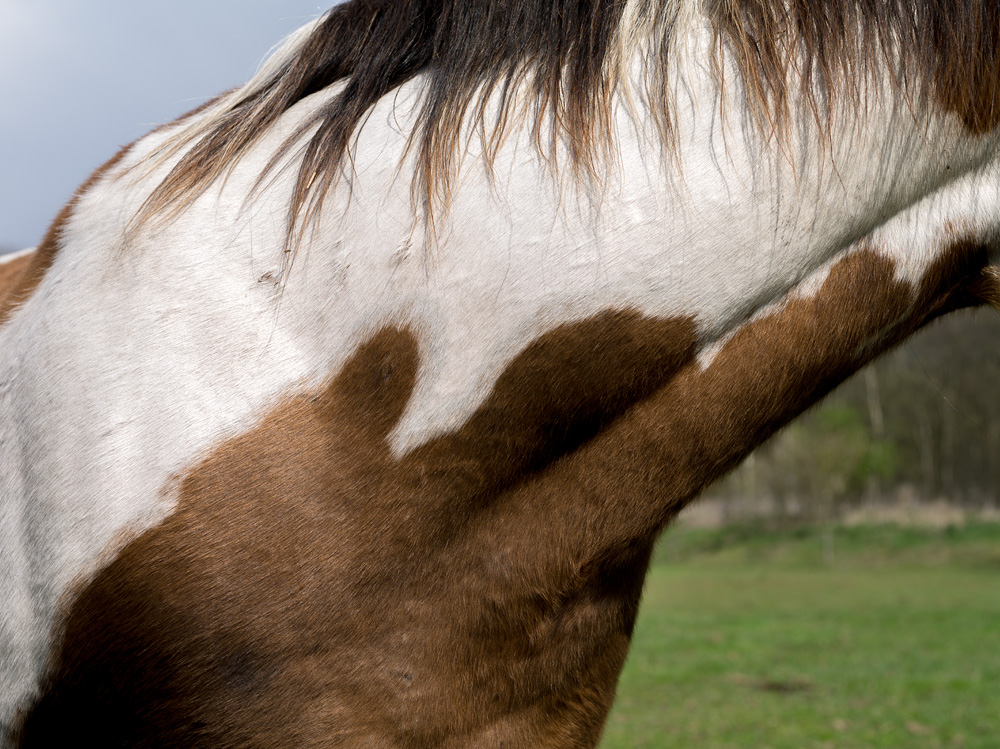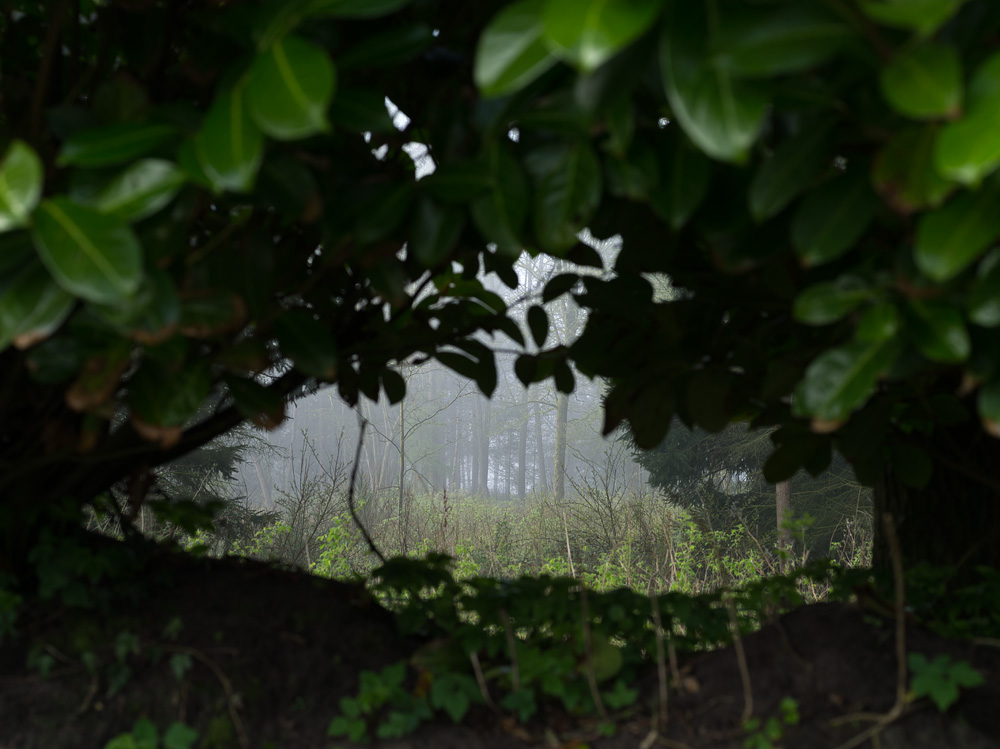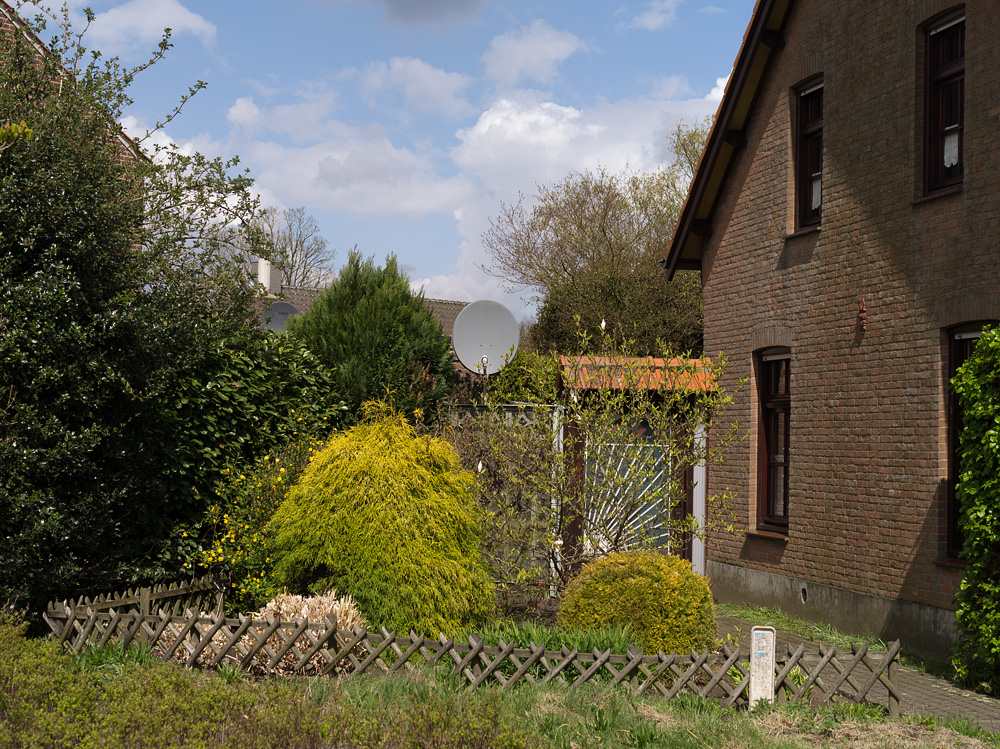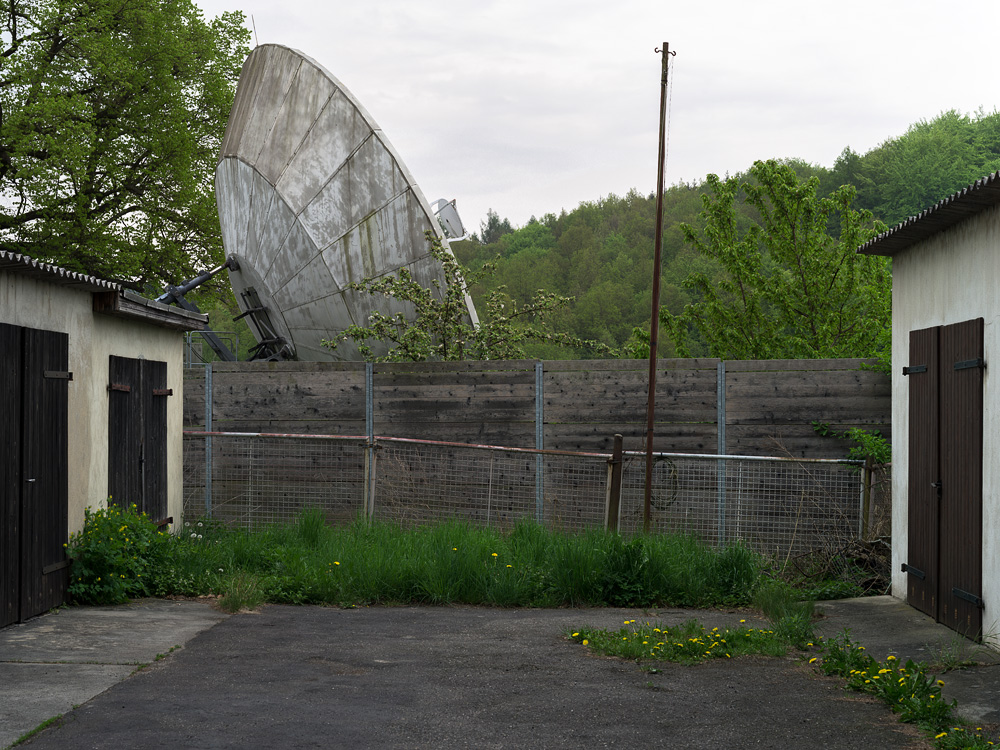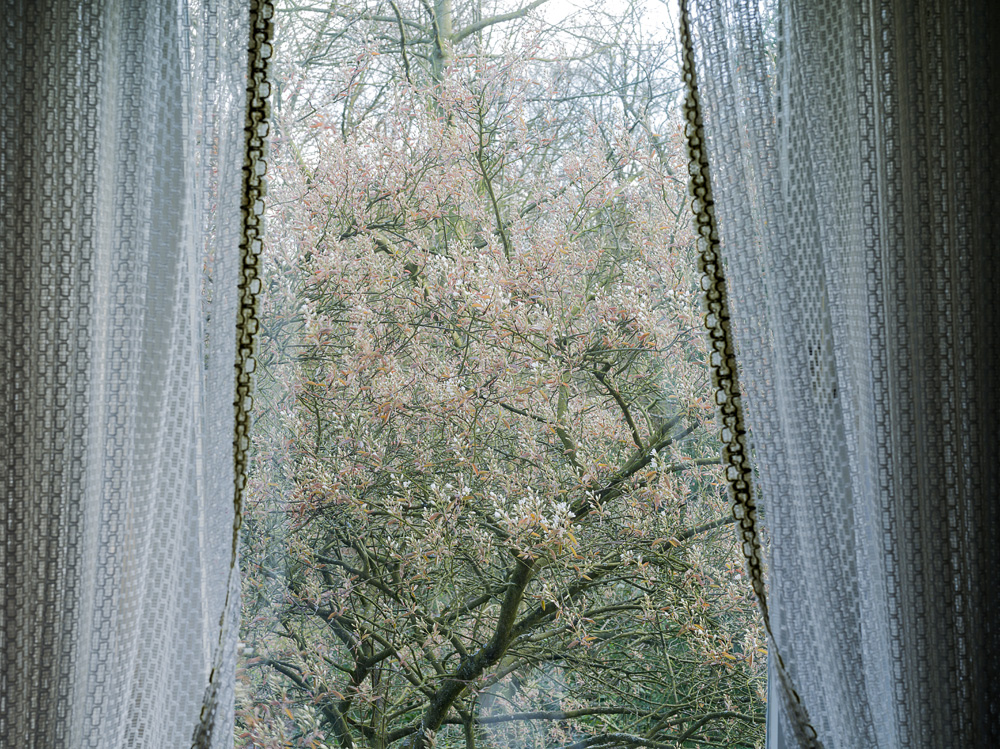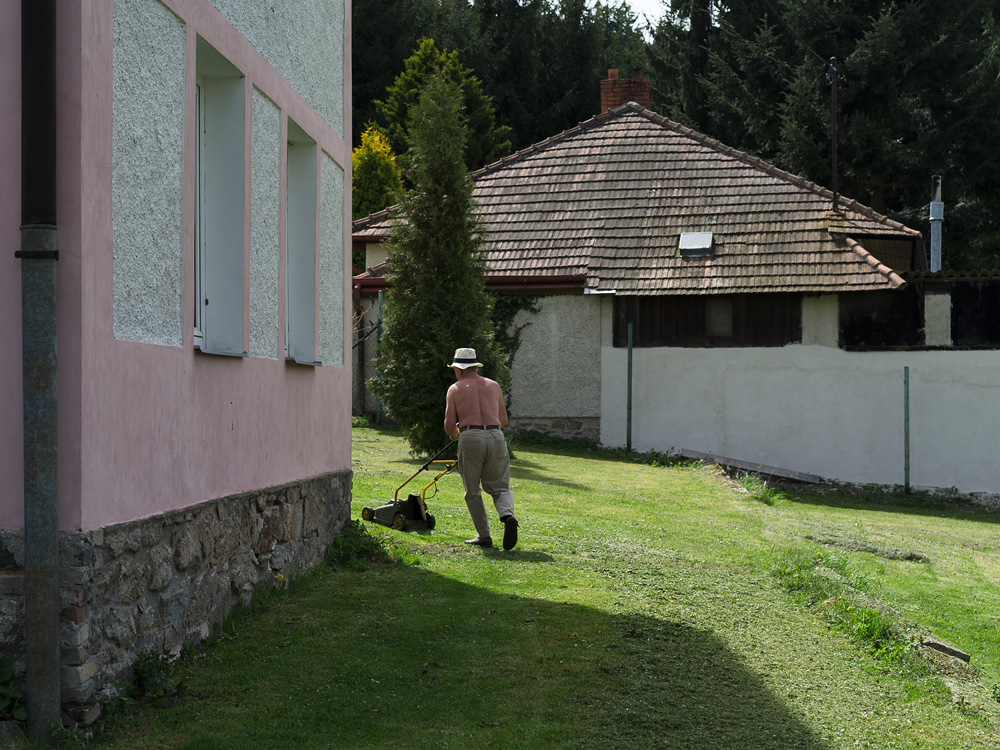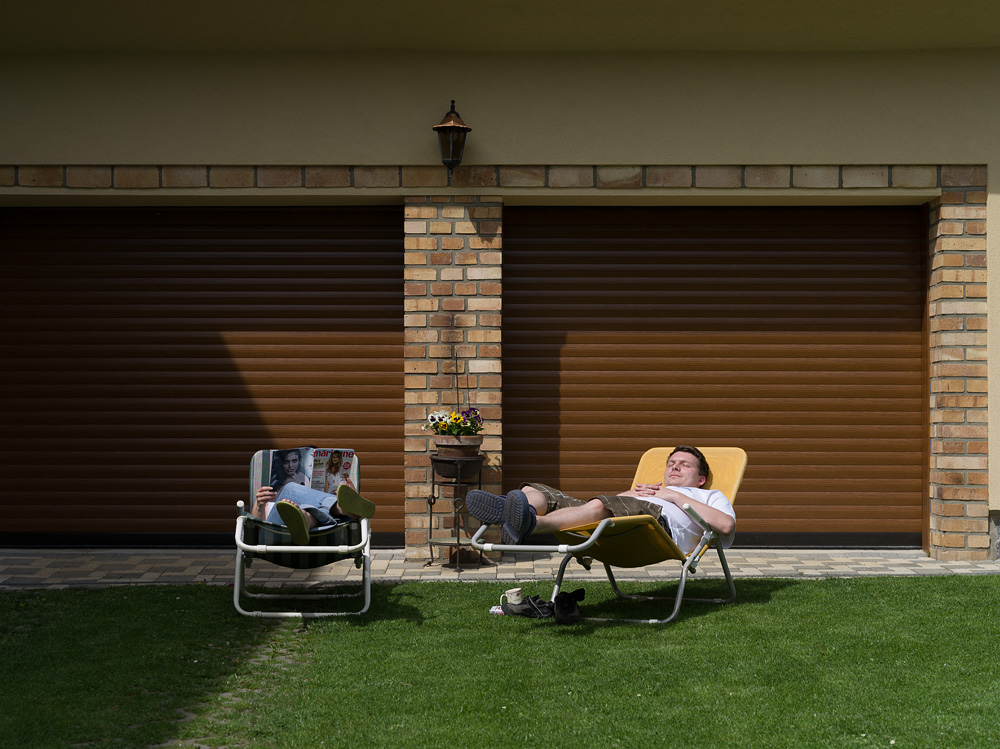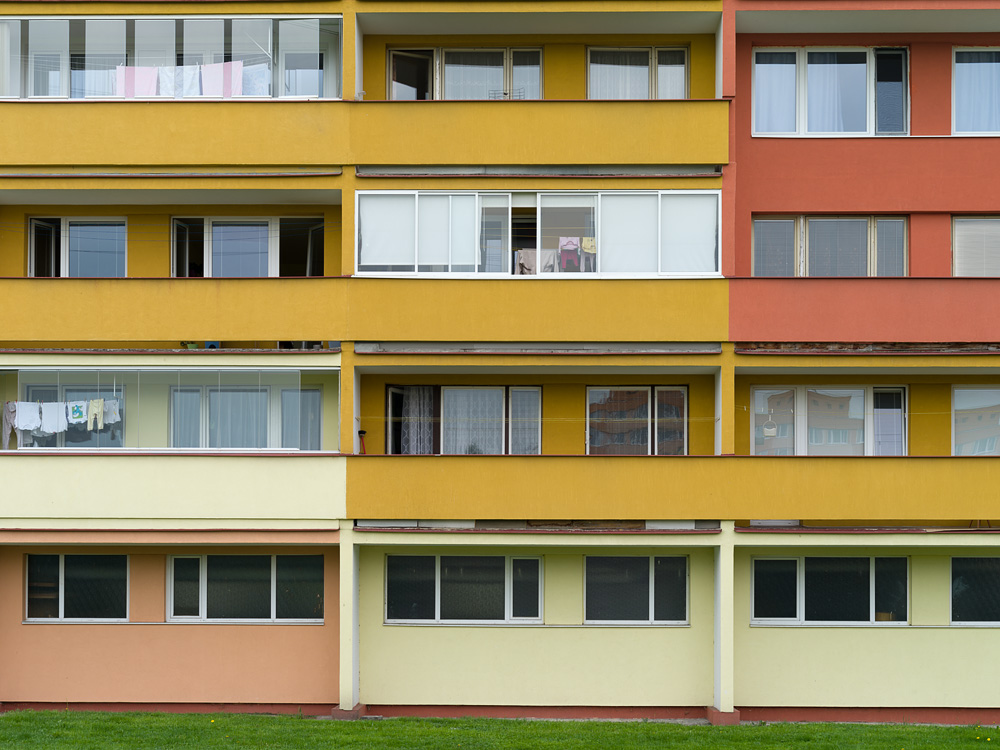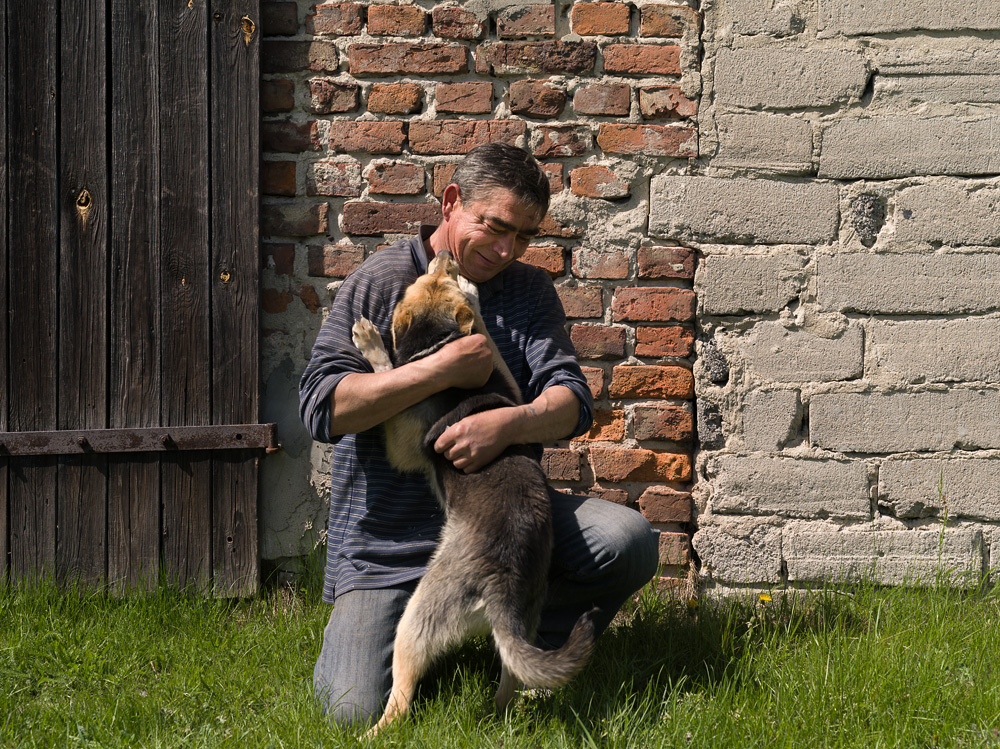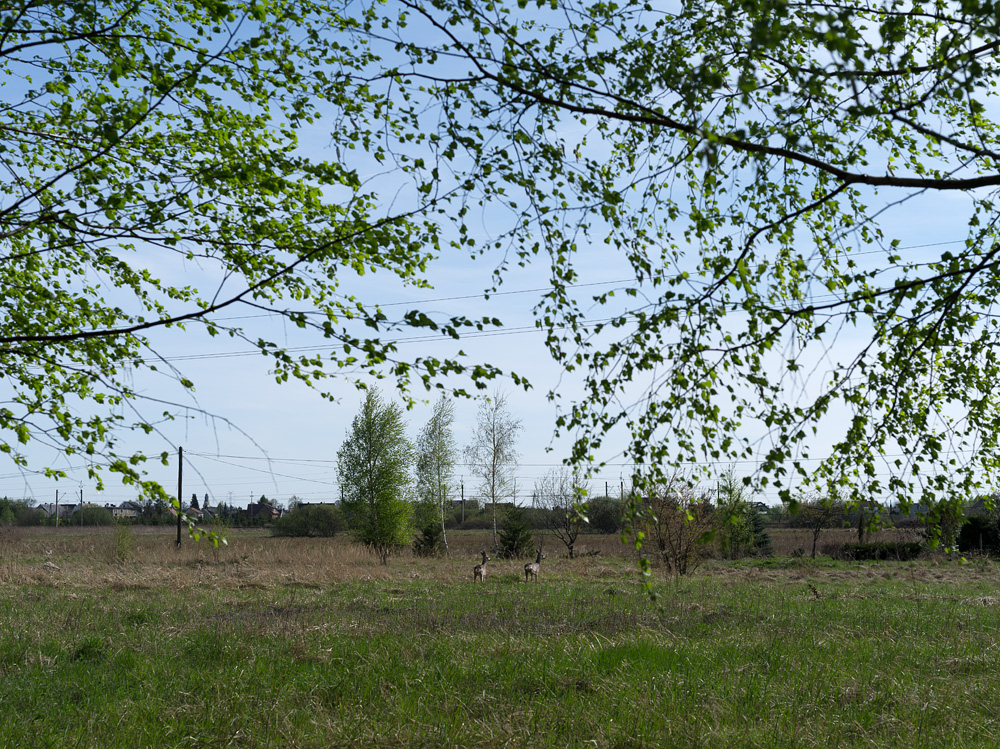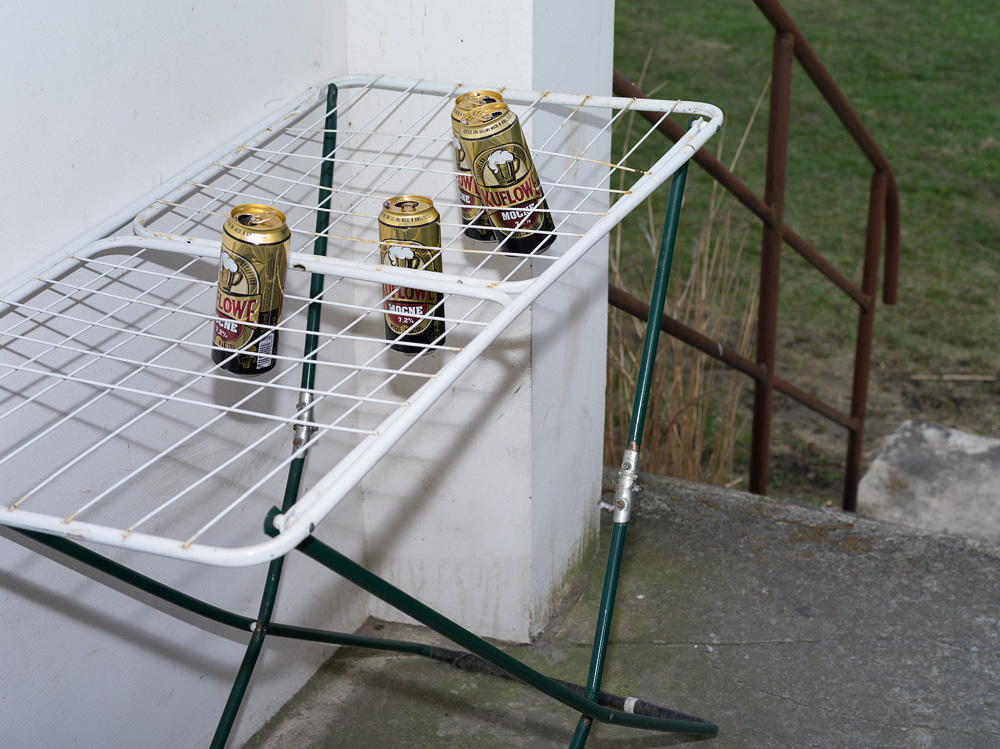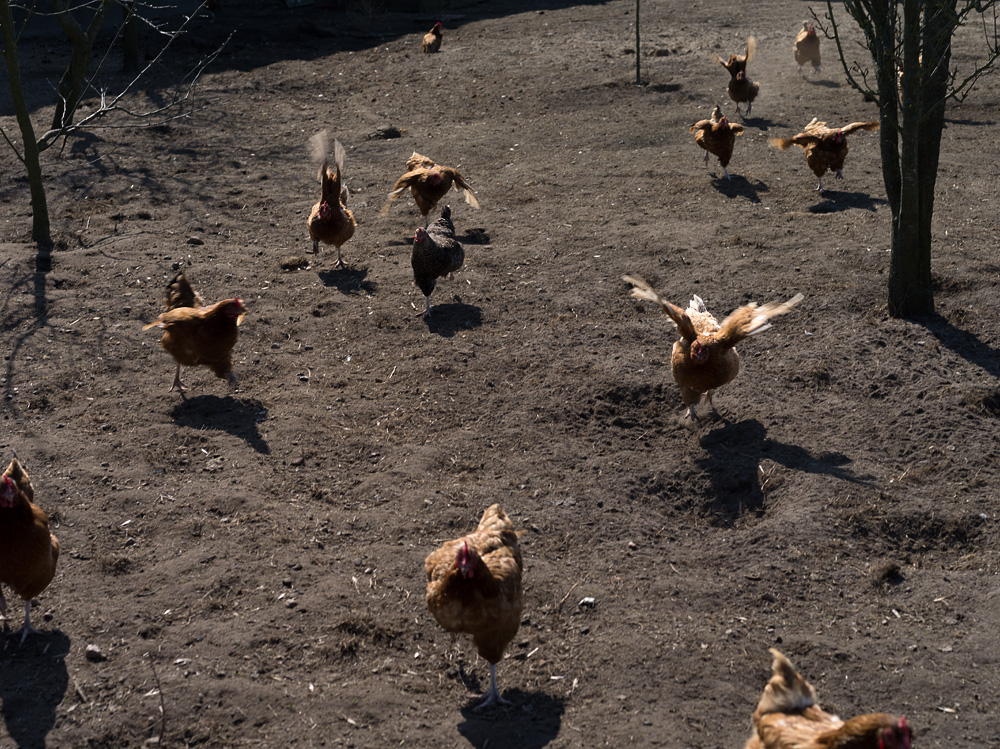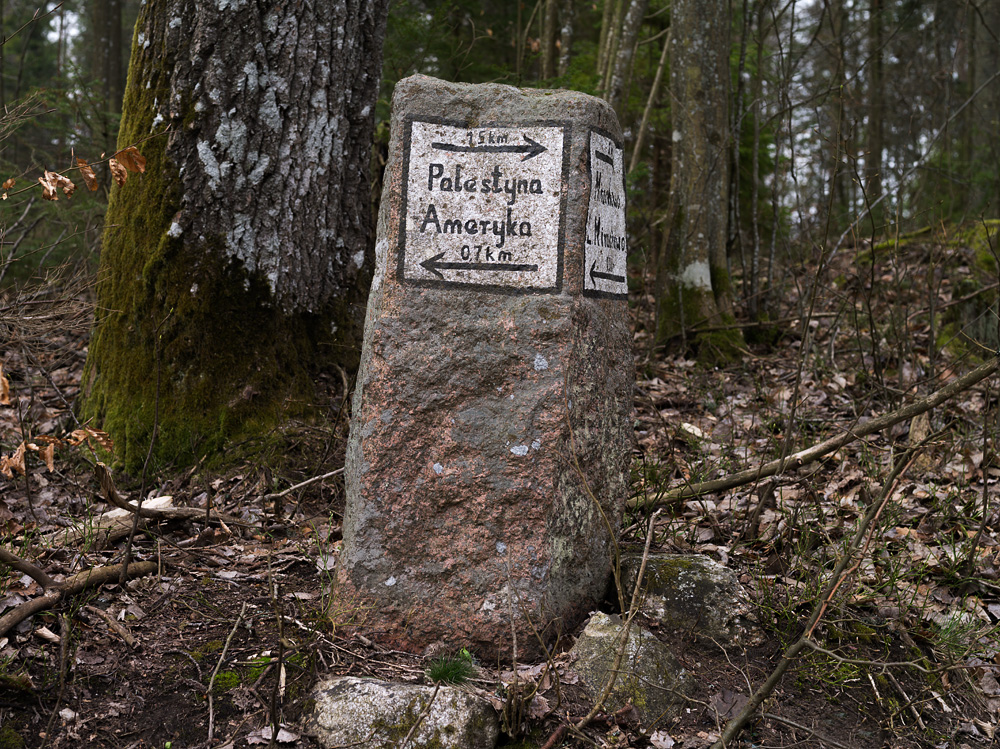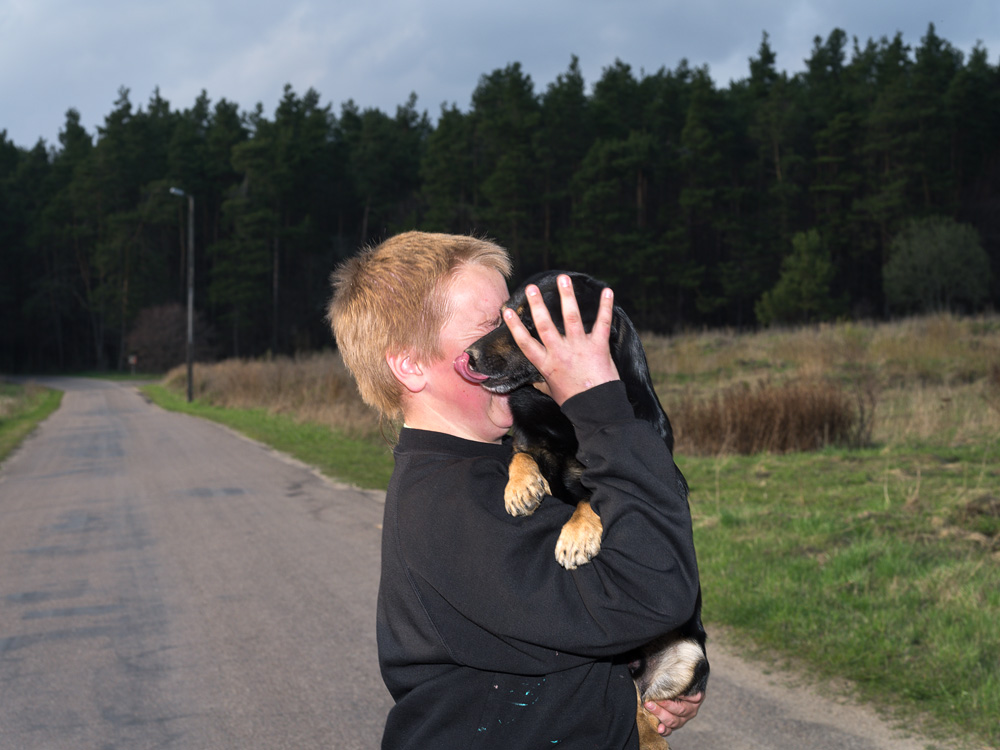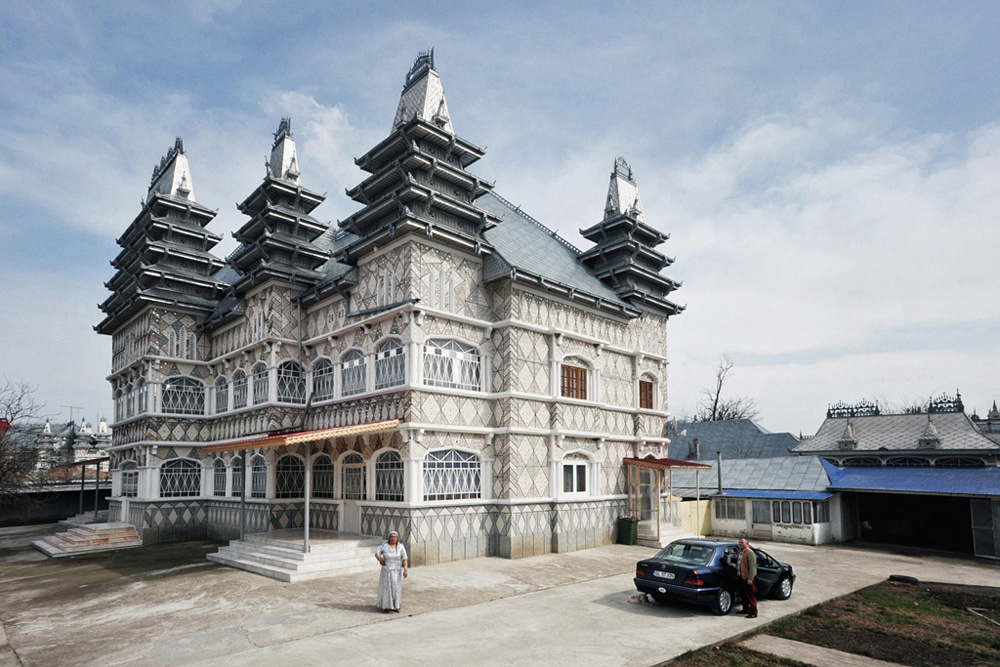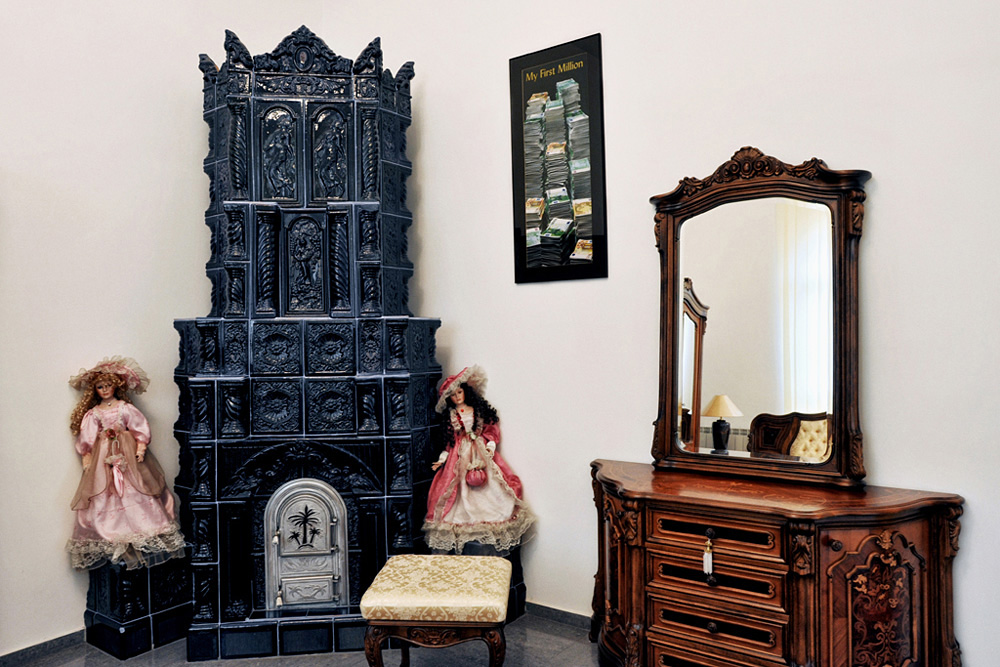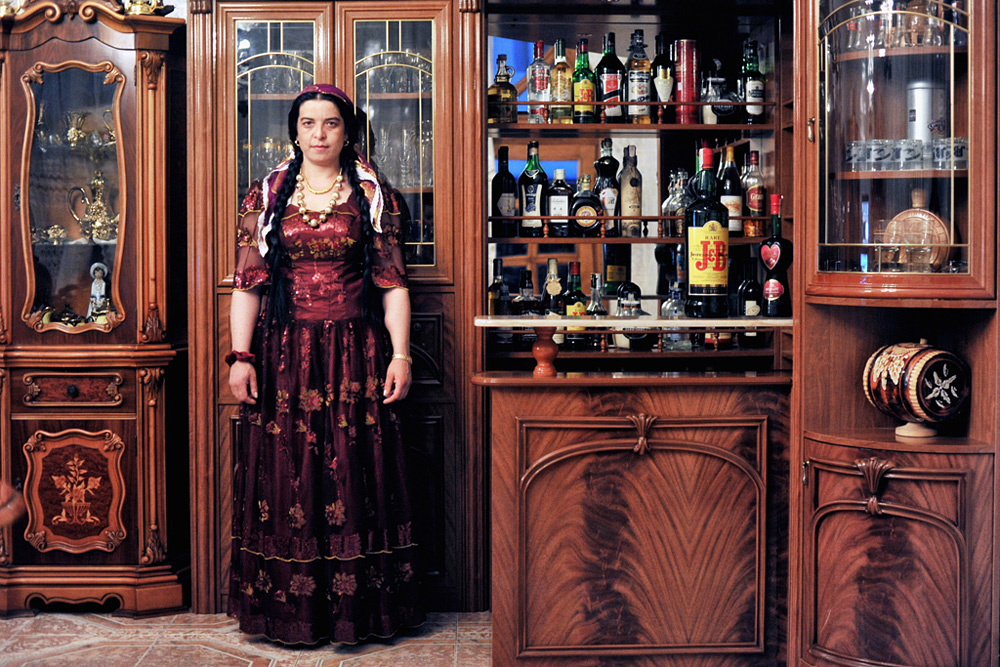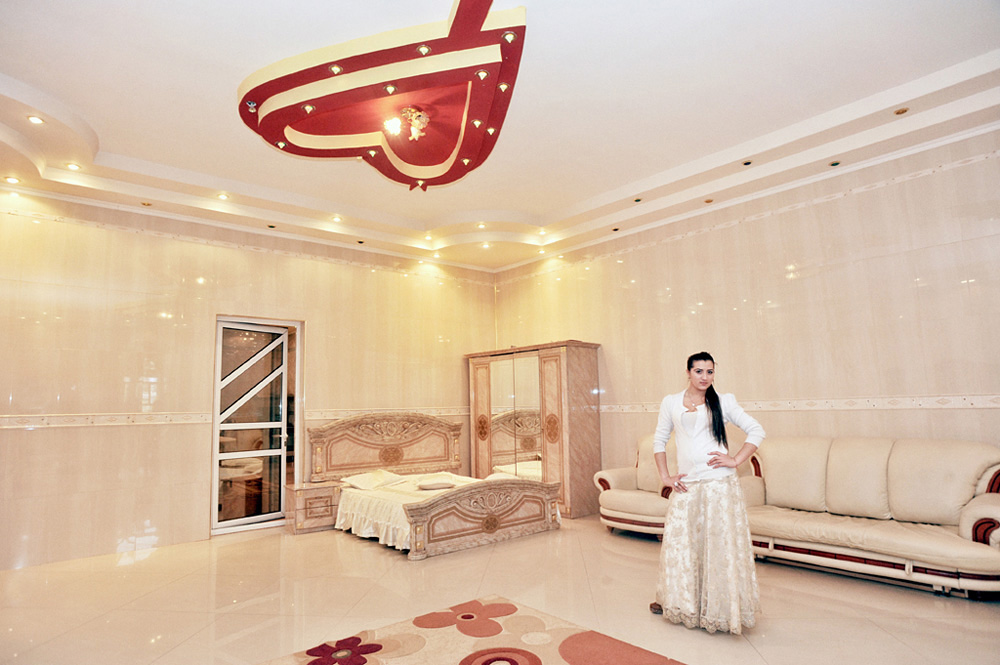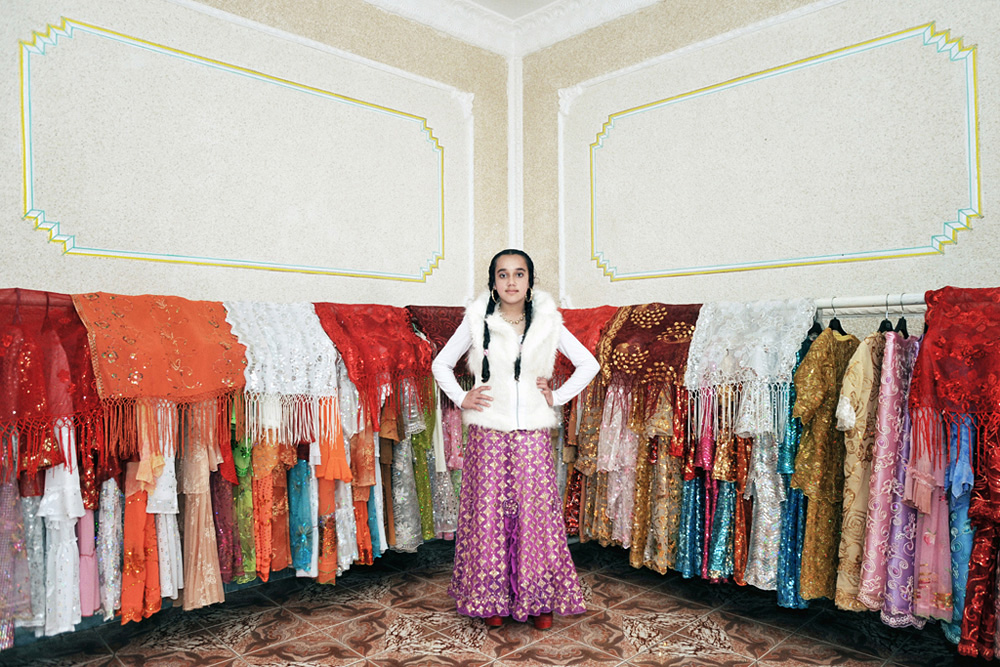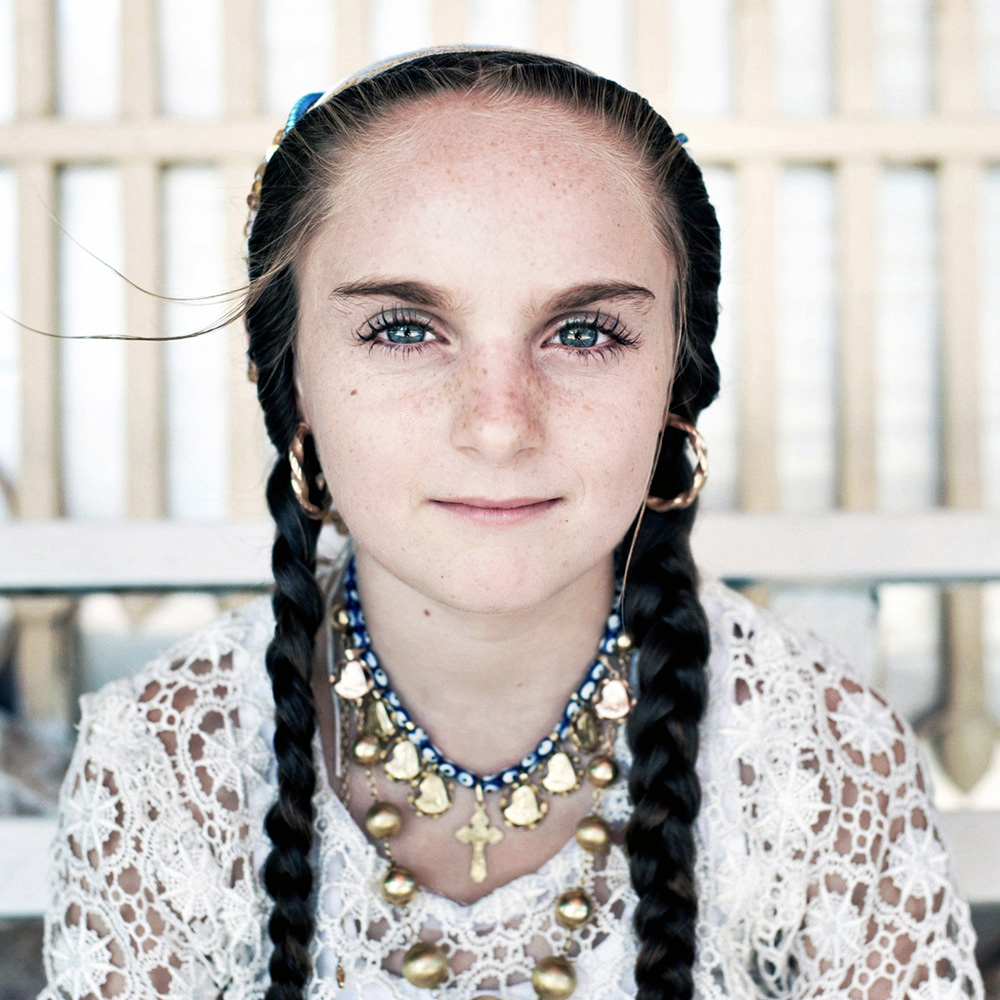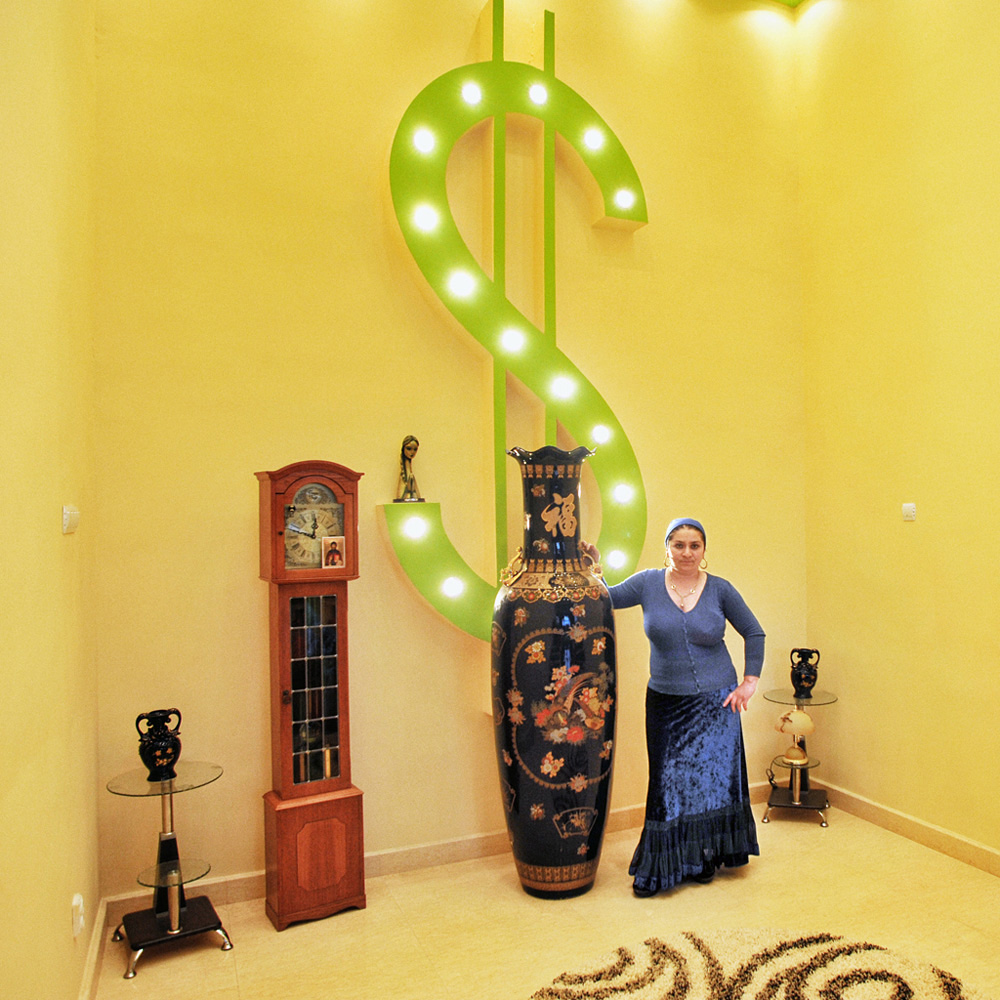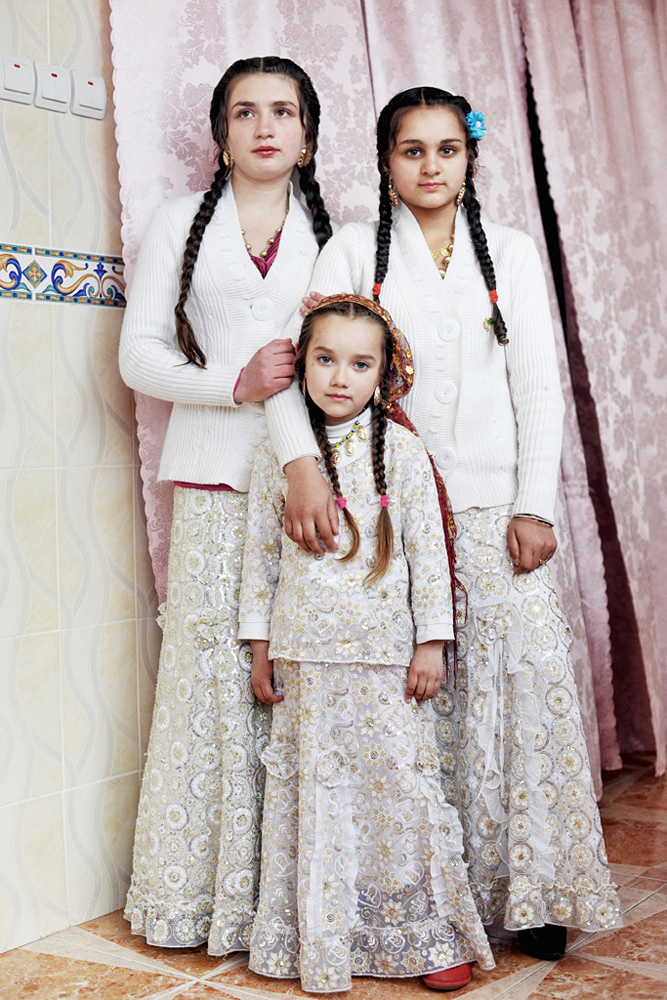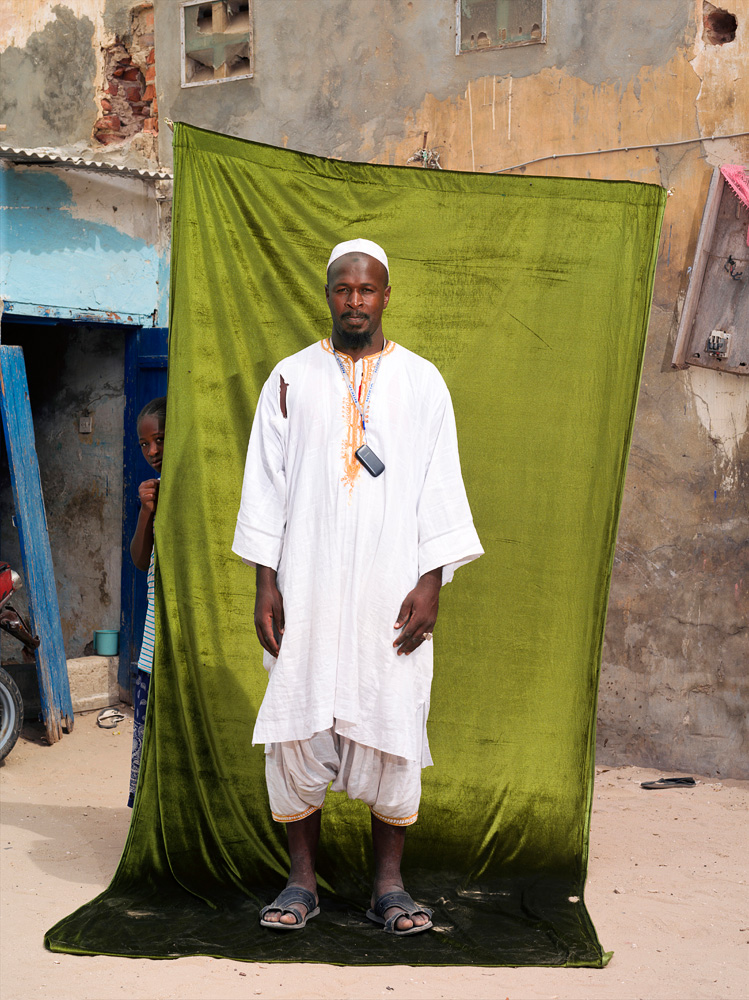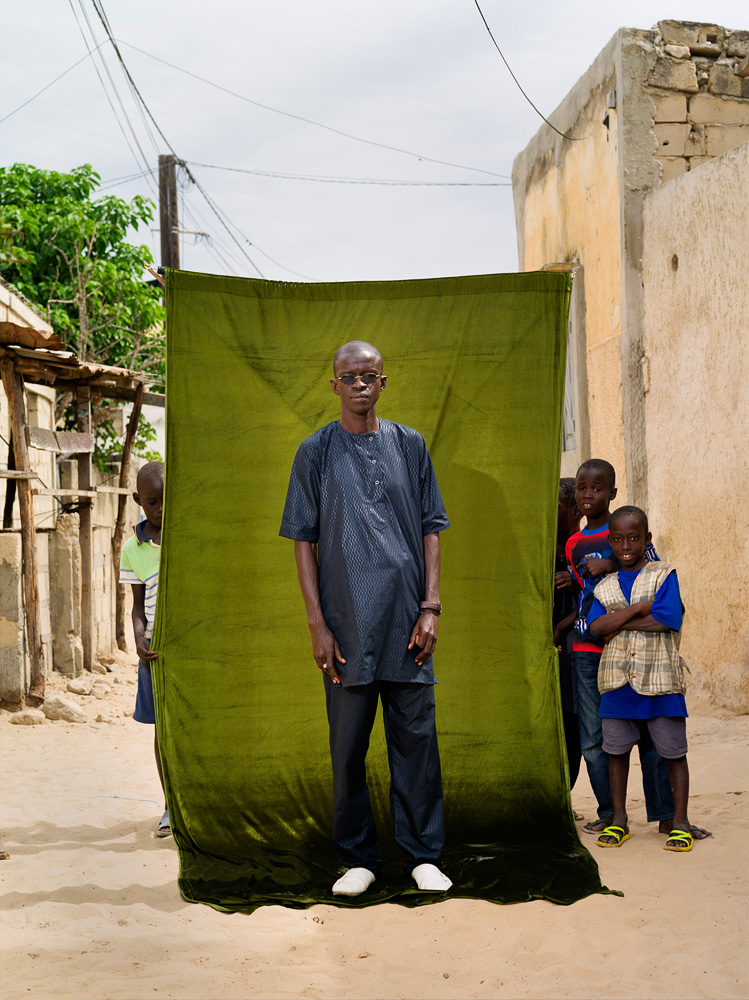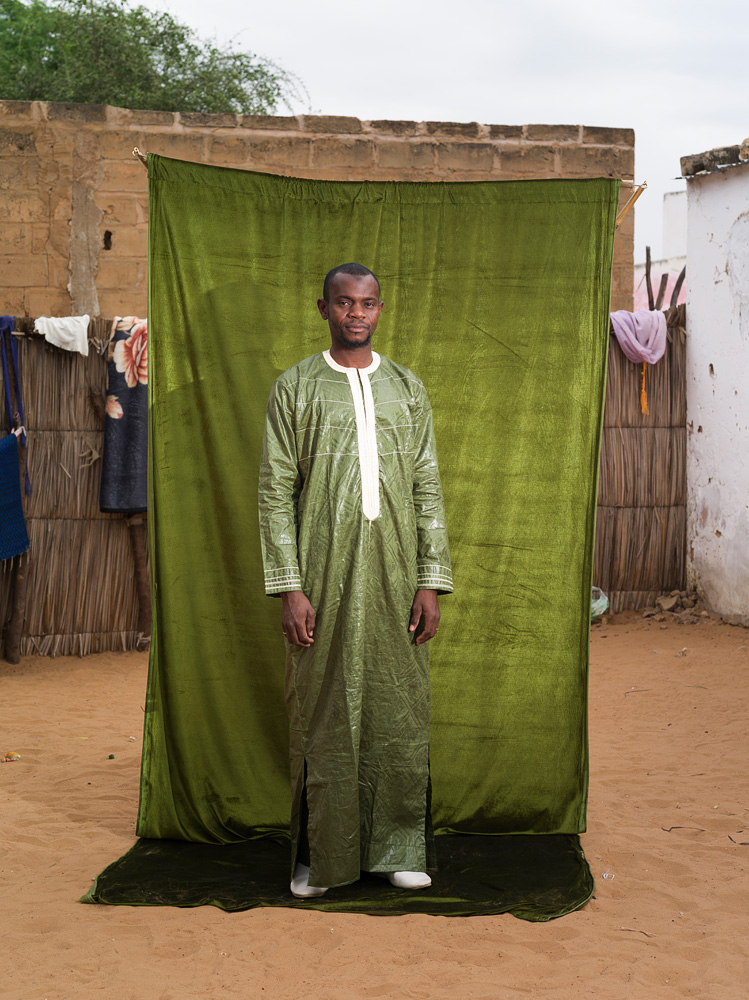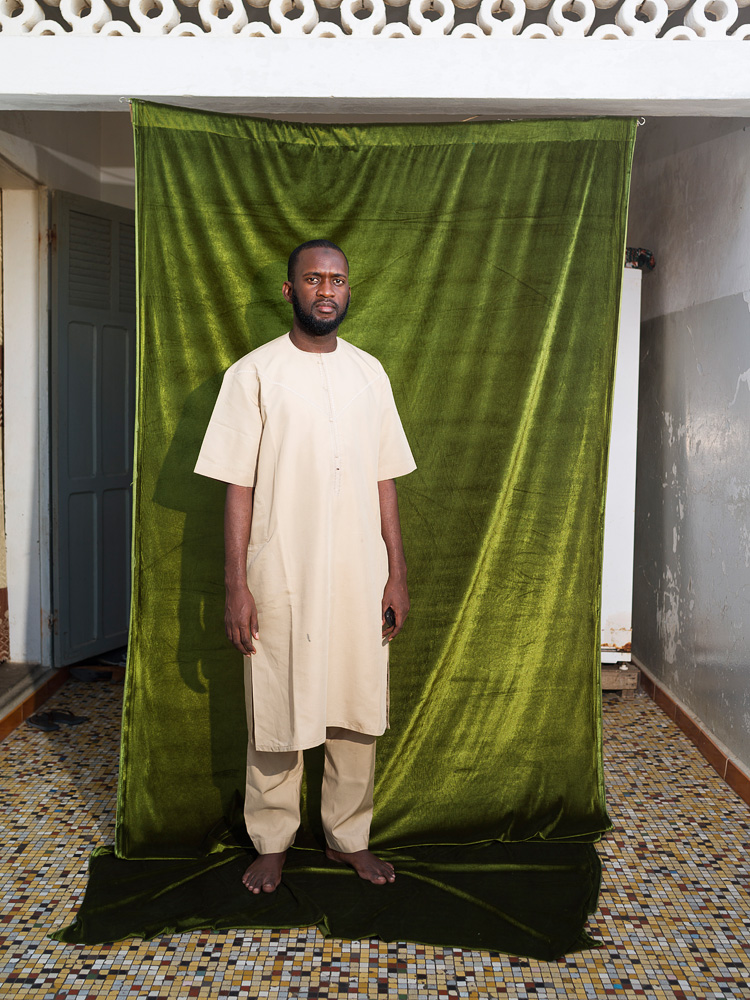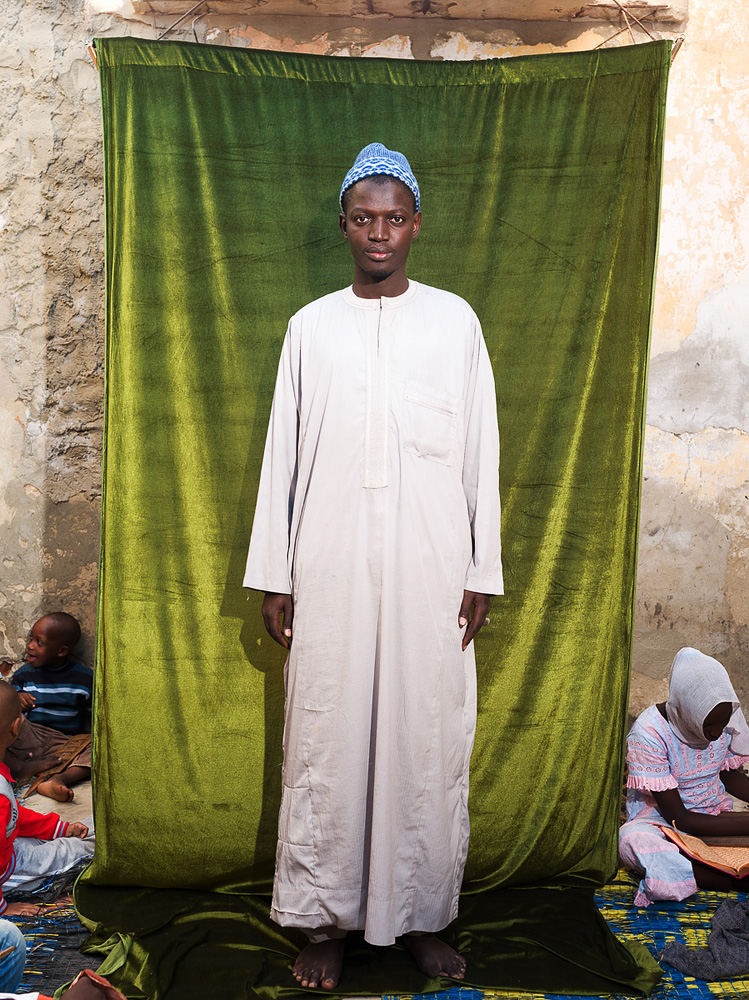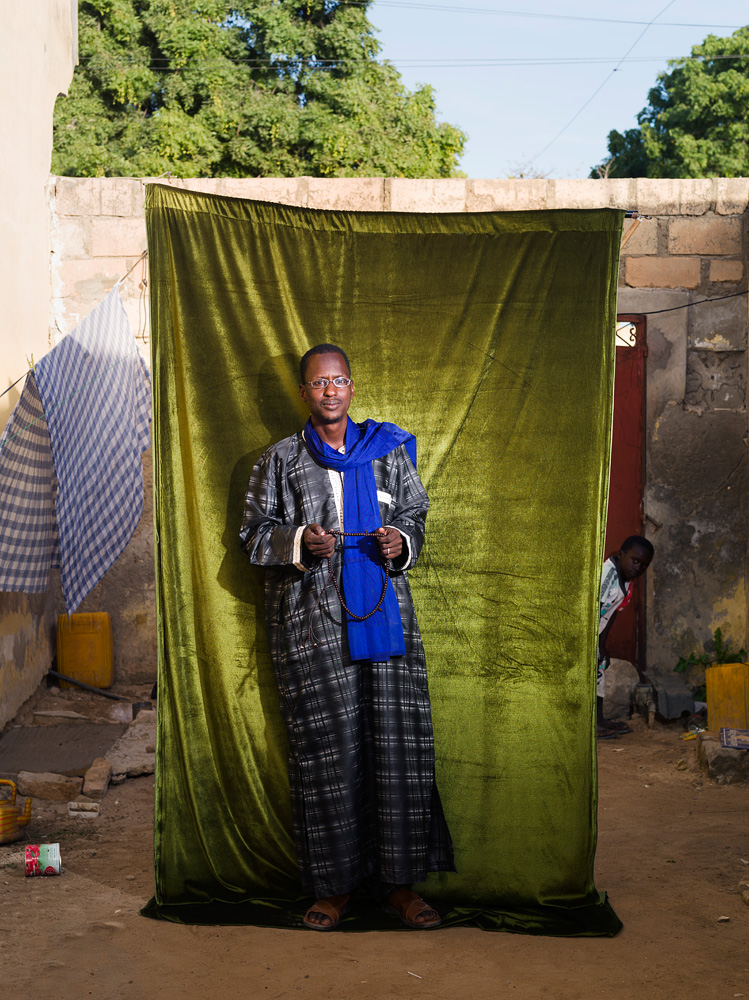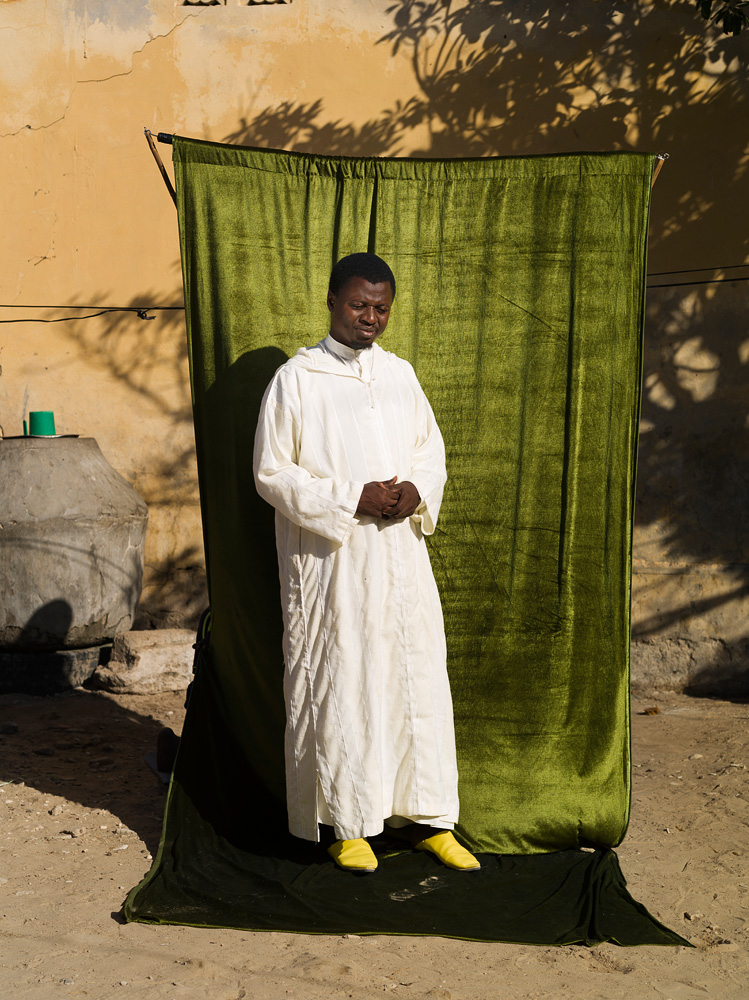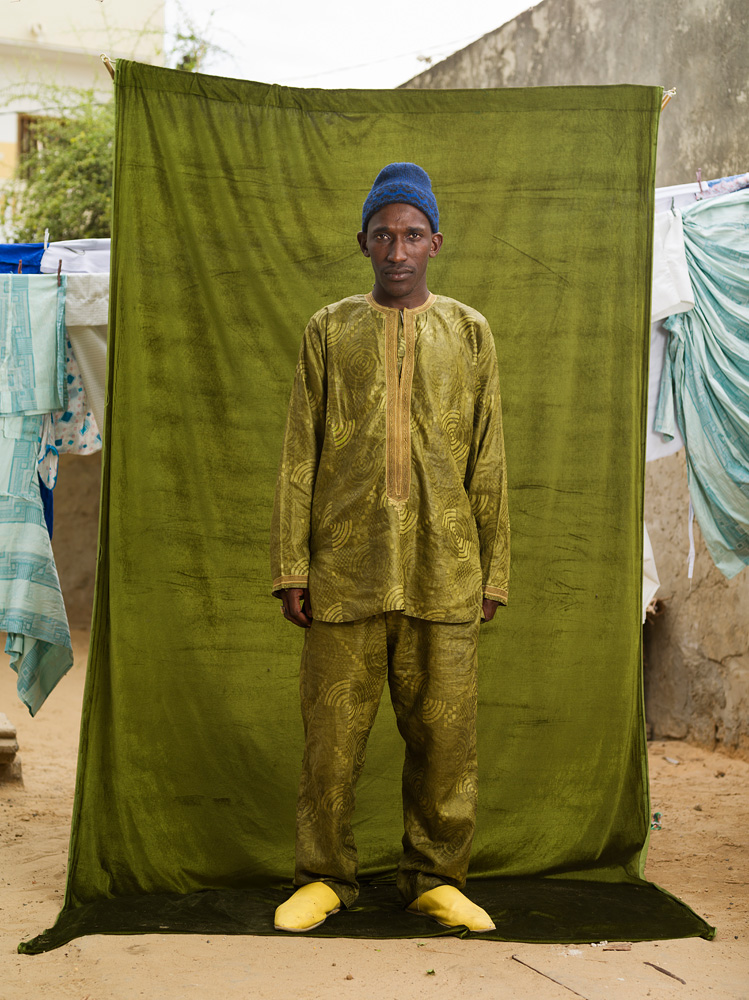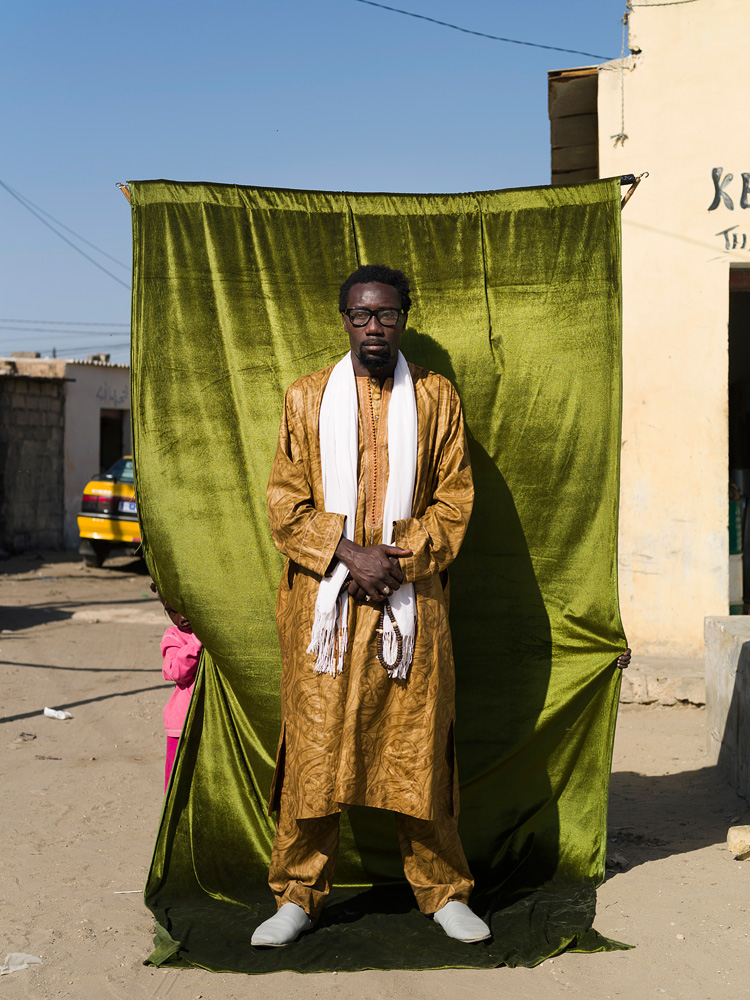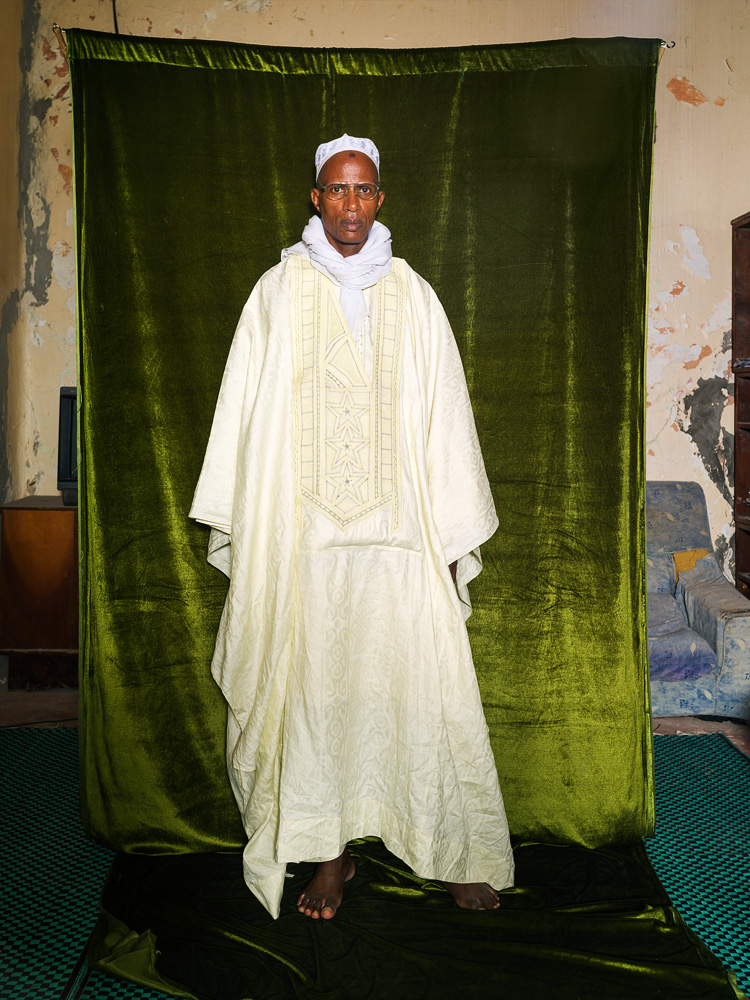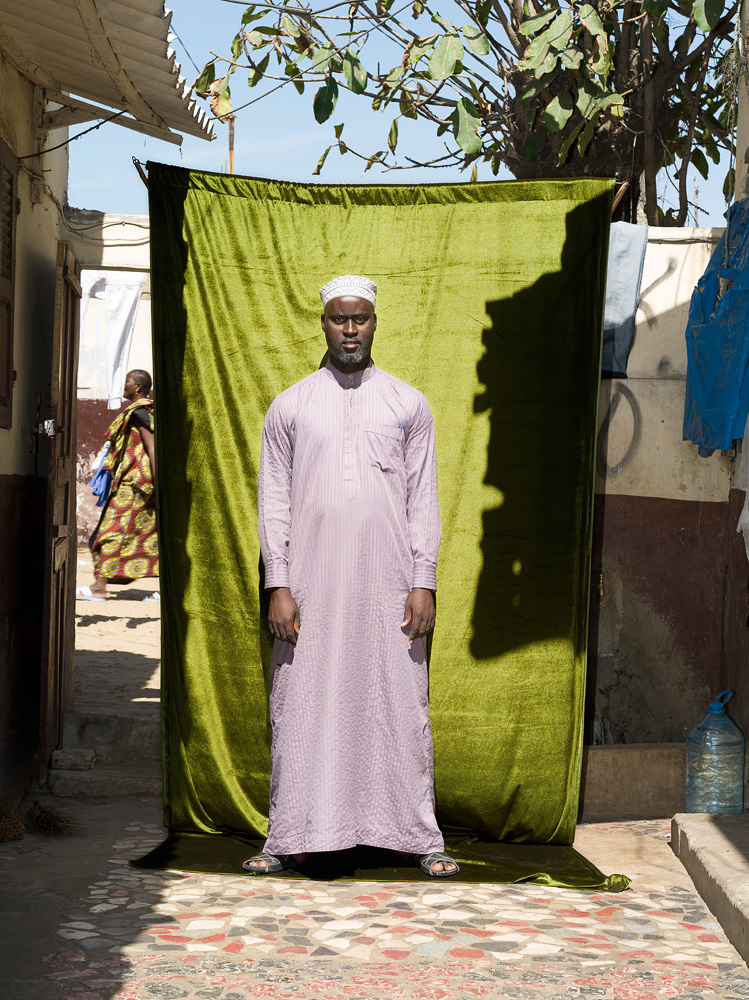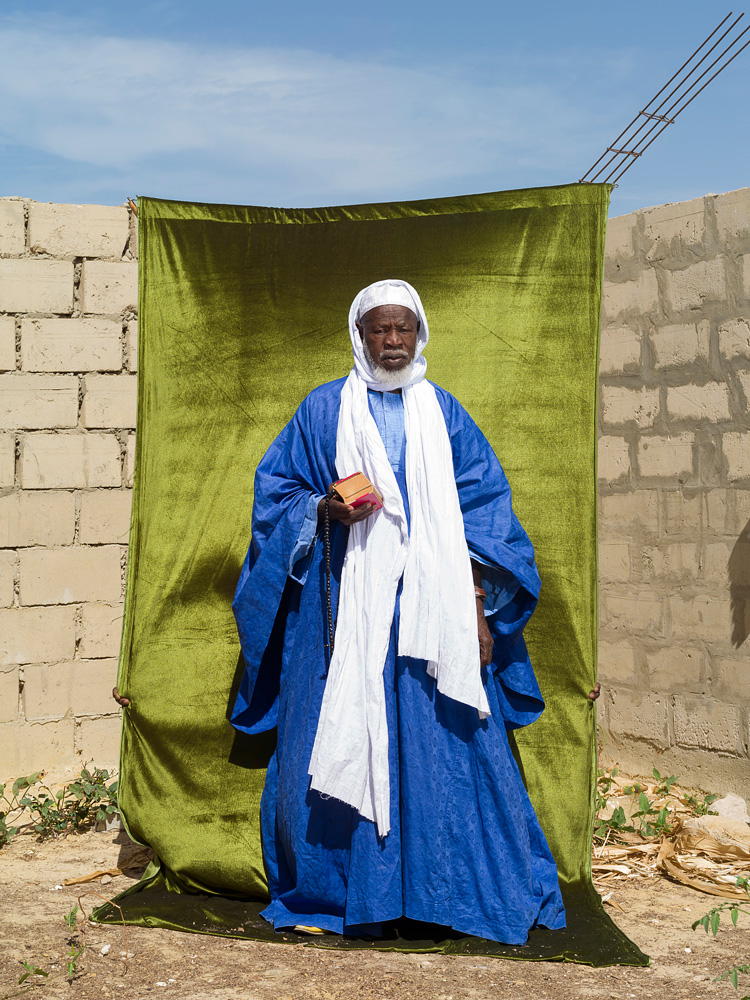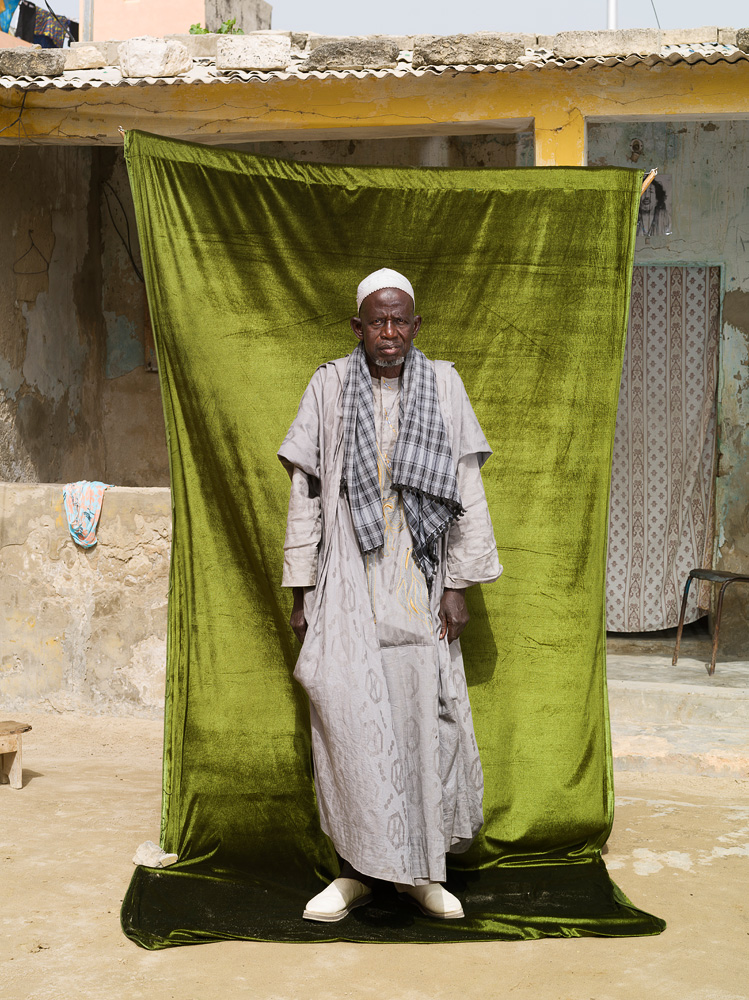Yves Suter
Artist Feature
Every week an artist is featured whose single image was published by Der Greif. The Feature shows the image in the original context of the series.
Raoul Ries - Postcards from Ameryka
Apr 09, 2014
In 2012, I decided to visit 15 places called Amerika, Americká or Ameryka in the Netherlands, Germany, Poland and Czech Republic.The name and history of the Amerykas speak of homesteading and yearning for a better future, of success and failed dreams, of hardship and the pursuit of happiness. The first immigrants arrived in places now known as Ameryka after the late 18th century, when political reforms made land ownership possible for serfs and leaseholders. Unclaimed land was only available in remote and barren areas. Settlers accepting the challenges compared themselves to the pioneers of the US American prairies. Ameryka signified remoteness and possibilities. Success was hard to achieve, and in many communities workers emigrated to the US. The residents who stayed behind called their villages Ameryka, thus arriving instantly at the destination of their dreams. By repeating photographs of the villages that might only share their name with America, I wish to find out whether the history of these places, the common desires, needs and fears of their inhabitants are still visible.
Artist Blog
The blog of Der Greif is written entirely by the artists who have been invited to doing an Artist-Feature. Every week, we have a different author.
Published in:
»Der Greif #7«
Sébastien Cuvelier: Gypsy Queens
Apr 14, 2014 - Raoul Ries
Sébastien Cuvelier's series 'Gypsy Queens' portraits a community that seems keen on a prominent display of wealth and opulence. The houses, interiors and women shown all suggest a shared sense of aesthetics that might seem peculiar to outsiders. For a while I wondered what may trigger this impression of wonderful weirdness. Maybe the 'Gypsy Queens' ostensibly over-the-top decoration and unashamed demonstration of affluence challenge the idea that prosperity and achievement should be hidden rather than flaunted. Maybe their distinction suggests a community closed to outsiders. I wanted to know the background of that project and asked Sébastien Cuvelier about it. (more…)
Nina Bumbalkova: Squats//London (Seeking Hollow)
Apr 11, 2014 - Raoul Ries
allery ids="26091, 26092, 26093, 26094, 26095, 26096, 26097, 26098, 26099, 26100, 26101, 26102“] For several years Czech photographer Nina Bumbalkova has been interested in the details and traces of life that give a place it's essence. Two of her projects deal in a very personal manner with the experience of squatting in London. I'd like to let Nina present her project "Squats//London (Seeking Hollow)". R: How did you find your subject, or how did your subject find you? N: I found squatting as a way of life interesting, and I ended up without much cash while studying at university. It went from sleeping on friends’ sofas to squats. Abandoned places and temporary homes have always been attractive for me photographically, as well as the way people transform them to their liking and needs. The topic of squatting merged the two together, but in a slightly more personal way. R: You have been photographing in the squats for over 2 years. How did your relationship with the subject evolve over that time? How did this change influence your editing of the photographs? N: Currently I am working on a book, which will present a selection of the squatted interiors photographed during the last two years. The relationship to the images has changed many times as well as the relationship to the photographed places. At this moment the selection I am working with covers mostly spaces which have been my home at some point of my squatting journey. My projects in general tend to become a part of my life and I use this approach to explore my subjects on a very intimate level. R: Almost none of the photographs in this project feature openings to the outside world, there are no exit doors or windows. For me, this choice together with your colour palette create an ambiguous feeling. I'm torn between the warm cosiness and protection of a fire-lit cave on one hand, and between claustrophobic anxiety on the other. N: There is a certain ambivalence in the experience that I had through squatting. The images reveal the calmness that I have been searching for at that time. The artificial light became a natural part as most of the places have been boarded up to some point and photographed at night. The ambiguity is intentional as the warm cosiness is a temporary thing. R: The prehistoric cave dwellers were gathering in groups. In your photographs, although I see traces of people, I feel alone. How is the relationship between squatters? N: I am not exploring squatters as a tribe. This is more of an interpersonal odyssey through squatting and reflects a state of mind and a subjective point of view. R: You made a website about the project, raising awareness about the squatter's situation in London. What response did you get from the public or from official sources? N: The images can be seen on www.nina-b.cz and a book will be self-published soon. Information about that will be available on the website as well.
Le Grand Marabout
- Raoul Ries
In Senegal, one of the most religious countries in the world, the marabout shapes society from the realm of the neighbourhood up to national level. This series portraits the neighbourhood marabout as a Koranic teacher, mediator, and sometimes as a spiritual guide with esoteric powers. The Senegalese government does not pay for religious education, so the marabouts rely on donations. Sometimes the community provides these funds, yet more often the talibe, the Koranic students, have to gather daily contributions for tuition and board. Although laws against forced begging exist, attempts to regulate the Daaras, the Koranic schools, have so far been unsuccessful. As no minimal set of either educational or hygienic standards is in place, the situation of the talibe depends entirely on the marabout’s goodwill. (more…)


